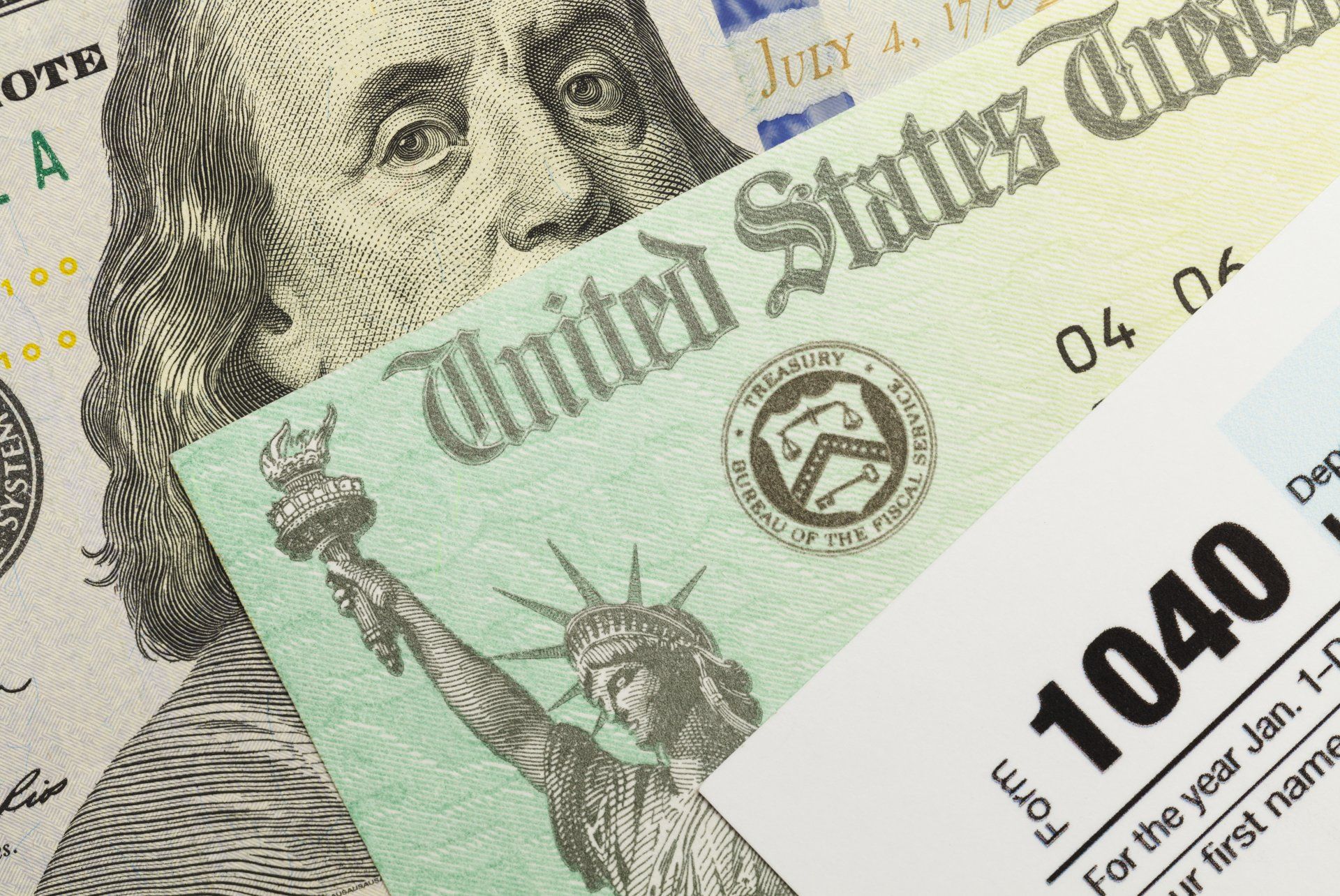How to Invest in a Turbulent Stock Market
Maybe it's an inheritance, a bonus at work, or some other cash windfall - the question is when and how is the best way to invest?
If you've been fortunate enough to receive a large amount of money, the next question is often how to invest those funds in the market. There really are two approaches that you can take: 1) invest the full amount immediately, as a "lump sum", or 2) invest the funds in even amounts at regular, designated intervals. The following will briefly explain both strategies.
Lump sum investing - you get a windfall today and you invest the entire balance in the market right away - is the first method identified above. The advantage is that the money is put to work right away, rather than sitting temporarily in a lower return vehicle like a money market fund. The risk is that you may be buying the market at a high point, and if you had only waited a week or a month you might have been able to buy at a lower price. There really is no way of knowing if today's market is high or not - even when the market has had a huge run-up, none of us know exactly what is going to happen next. To maximize returns over the long term, many advisors would say to swallow hard and invest the entire amount immediately. That way, you're acknowledging that the markets could go up or down and you're okay with that, as you're in it for the long haul. There is research that supports the higher returns possible by investing the funds all at once, and some advisors will point to the idea that not investing all at once is really a form of market-timing, which no one is very good at doing. However, if you're someone who can't help but agonize and second-guess, lump sum investing might not be the best move for you psychologically.
Alternatively, another way to invest is buy "dollar cost averaging". The concept is simple, and involves investing a set amount of funds at specific intervals. An example would be that someone receives $10,000. One way to dollar cost average is to invest $2,500 on a quarterly basis, beginning today. Following that strategy, the funds would be fully invested in the market at the end of nine months.
As a side note, if you invest regularly in a 401k plan at work, you are already dollar cost averaging, as you are investing set amounts at specific intervals. That's just a side note, as this brief article is really about how to invest lump sums.
Why is dollar cost averaging a good idea? While history tells us that the markets will have a positive trend over the course of long stretches, none of us know the direction of the markets over the course of a few months or a few years. Dollar cost averaging ensures that if the market is high at one of the designated investment dates, an individual will limit the investment to the pre-set dollar amount, and therefore buy a smaller number of shares on that date. Conversely, if the market drops on an investment date, an investor will still invest the pre-set dollar amount, but will end up buying more shares on that date. Sure, if you had a crystal ball, you'd be better off investing all of the money on the date that the market is the lowest, but that's really the point of this whole exercise - nobody owns a crystal ball.
If you choose to dollar cost average with a lump sum windfall, one final caution might be to not stretch out the timeframe too much. In the example above, the funds would be fully invested in nine months, which may be about the maximum "stretch" you would want to do. Going beyond a handful of months may start to look more and more like trying to time the market, which may end up adding more risk into the equation.










